If you want to experience Göttingen in all its diversity, it's best to take a crash course in (pub) culture, architecture, culinary delights & Co. A weekend in Lower Saxony's oldest university town with only one conclusion: summa cum laude!
Almost everyone knows Göttingen - at least from passing through. The city in Lower Saxony, with a population of 134,000, is located in the middle of Germany, which means that most ICE trains stop here. But instead of continuing your journey, this time it's time for you to get out of the train and into (student) life!
How to get to Göttingen by train: Plan arrival.
Promised, even older generations will enjoy the lively atmosphere with the many cyclists, especially since there is a lot of sense of tradition here. The best example: At the "Cron & Lanz" coffee house, founded in 1876, you can have breakfast like an emperor - with freshly brewed coffee, crusty rolls, homemade jam and all the trimmings, opulently served on the etagere. The perfect address for an enjoyable start to the weekend. The specialty of the house is the Baumkuchen in all variations, also as travel-suitable "Stämmchen" (for those left at home).
From the award-winning pastry shop, it's just a few steps to the tourist information office at the Old Town Hall, where staff will be on hand to offer advice and assistance. If you want, you can get a attractive package deal put together, including hotel and exciting themed tours, also bookable on weekends. Or would you rather explore the city on your own? No problem with the Göttingen App or the brochure "Göttingen Rundgang". The good thing is that most of the highlights can easily be reached on foot - Göttingen to go, so to speak.


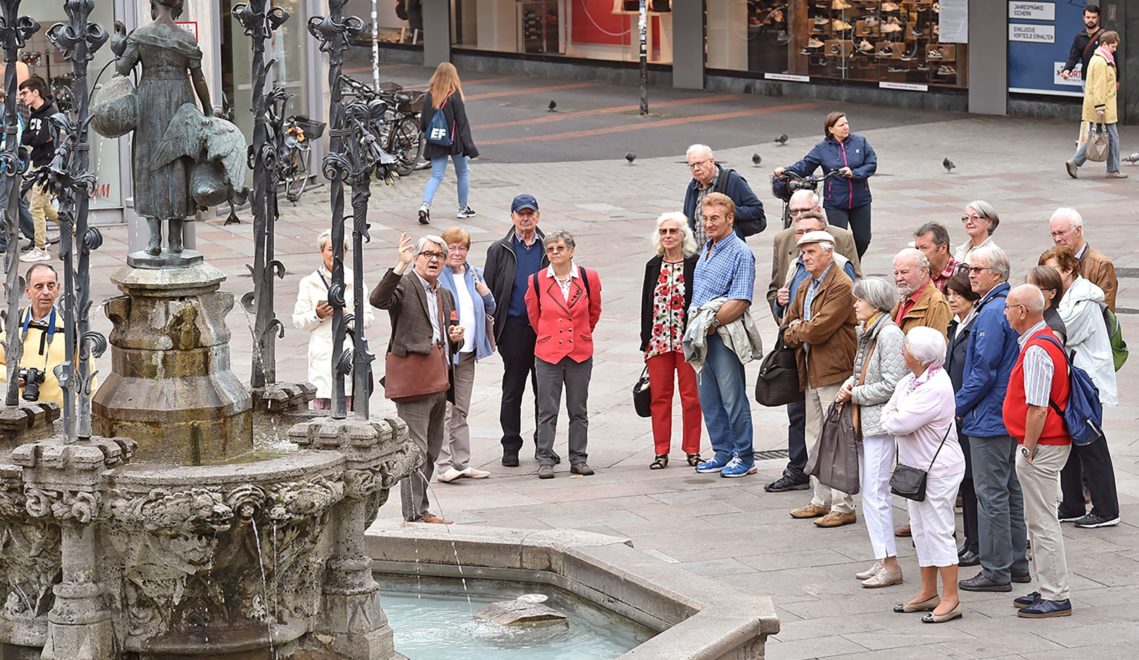
Whether in a group or individually - the first port of call is the market fountain on the square in front of the Old Town Hall, where the town's landmark is located: the Gänseliesel. According to an old custom, doctoral students make a pilgrimage to this bronze statue after successfully passing their exams and present her with flowers and a kiss. Since about one in four students in the city, it is probably the most kissed girl in the world - and has long been a selfie star.
At the corner of the square, a metal plate in the ground indicates the four-church view: St. Albani in the east, St. Michael in the south, St. Jacobi in the north (at 72 meters, the city's highest church), and St. Johannis in the west. The latter is the scene of a small concert every Saturday at eleven o'clock sharp. Then the "Göttinger Stadtpfeifer" let their wind instruments sound from the 60 meter high north tower. This is a fitting accompaniment to the stroll along the stately town houses and pretty half-timbered facades that characterize the center - and give an impression of what "Gutingi," first mentioned in a document in 953 as a village on the river Leine, once looked like.
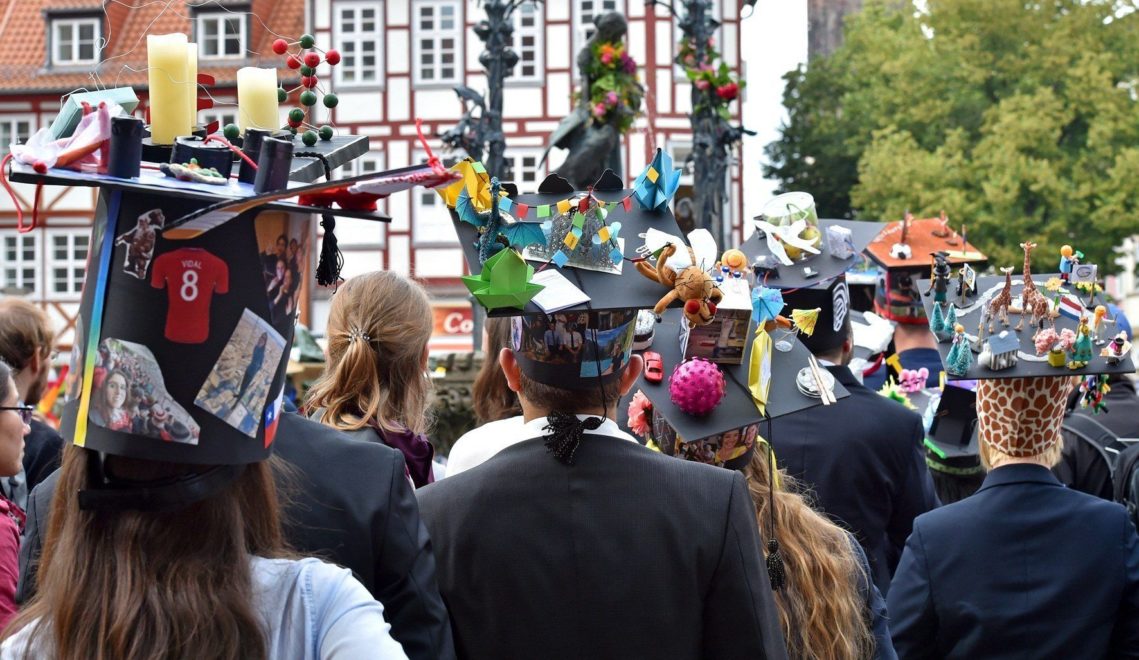
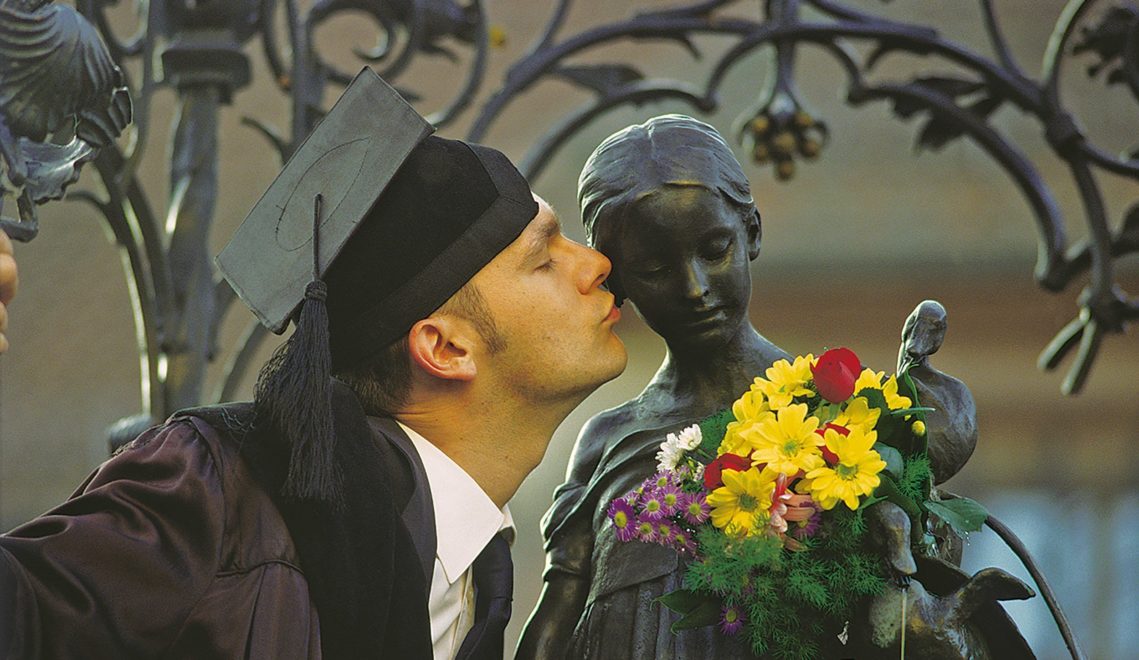
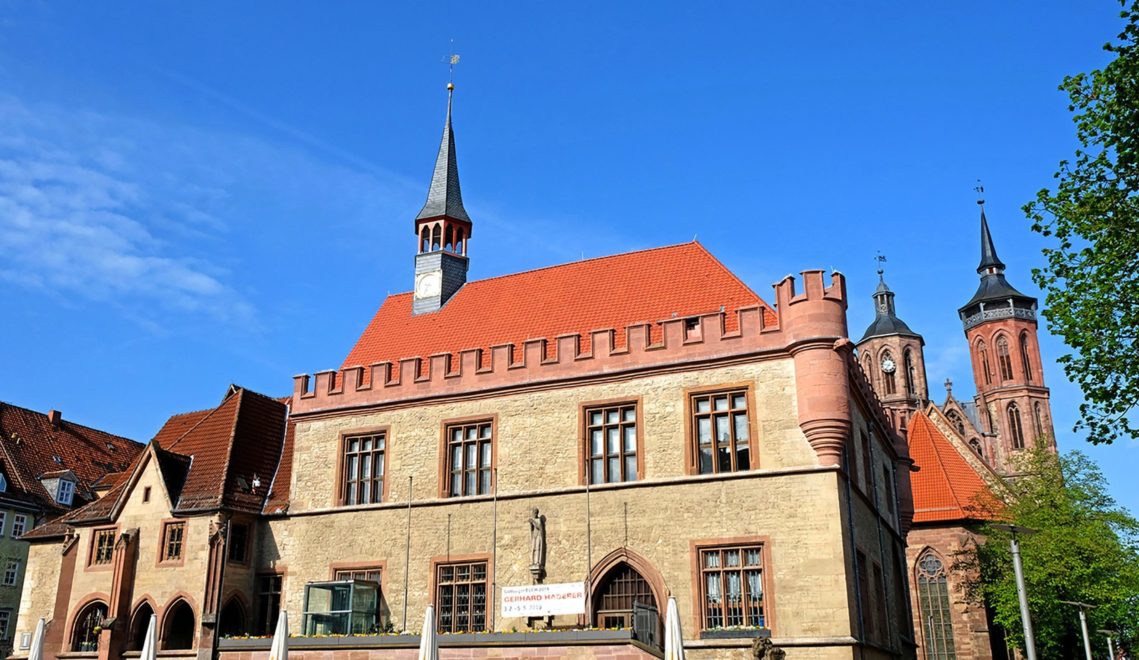

When you pass the house at Lange Geismarstraße 44, with a little luck you will hear the bells ringing under the old beams - sometimes as a folk song, sometimes Cat Stevens' "Morning has broken" or something completely different. Voices from the nearby weekly market mingle with them. Time for a midday snack, either directly from the stall or in one of the surrounding street cafés. A meeting place for students and professors alike - if they're not at the State and University Library, our next destination on the trail of the city's 1000-year history.
The special thing about it is that the library is located in a church dating from 1331: The library is located in a house of worship from 1331. You can get a good impression of the library hall of the Paulinerkirche, which was designed according to historical models, in the video. "From books to graffiti" is one of the five original image films of cultural workers. Worth seeing in front of the church is the sculpture "Butt in the grip" by Günter Grass. What many do not know: The winner of the Nobel Prize for Literature was a trained stonemason and studied art graduate.
But enough of education, at least for today, now shopping is on the agenda. Besides the main shopping street Weender Straße in the pedestrian zone, Göttingen scores with many small owner-operated stores. And in the cute side streets you can find original souvenirs. In between there are several possibilities for a refreshing stop. The cult snack bar "Bratwurst Glöckle" prepares the "three-course menu" (bratwurst in a roll with mustard) exclusively on charcoal. And you can taste it. Just summa cum laude. Or would you prefer a sweet cake or ice cream stop? How about a buttermilk-honey-almond creation or elderberry yogurt with chia seeds? Such unusual, but also classic varieties are served by "Eisfieber".
With a waffle in hand, it's off to the Stadtwall. Göttingen's oldest green space wraps around the city center like a belt and is made for a breather in the open air. Cheltenham Park, the former Albani cemetery and the Schillerwiesen are also popular oases for chilling out.
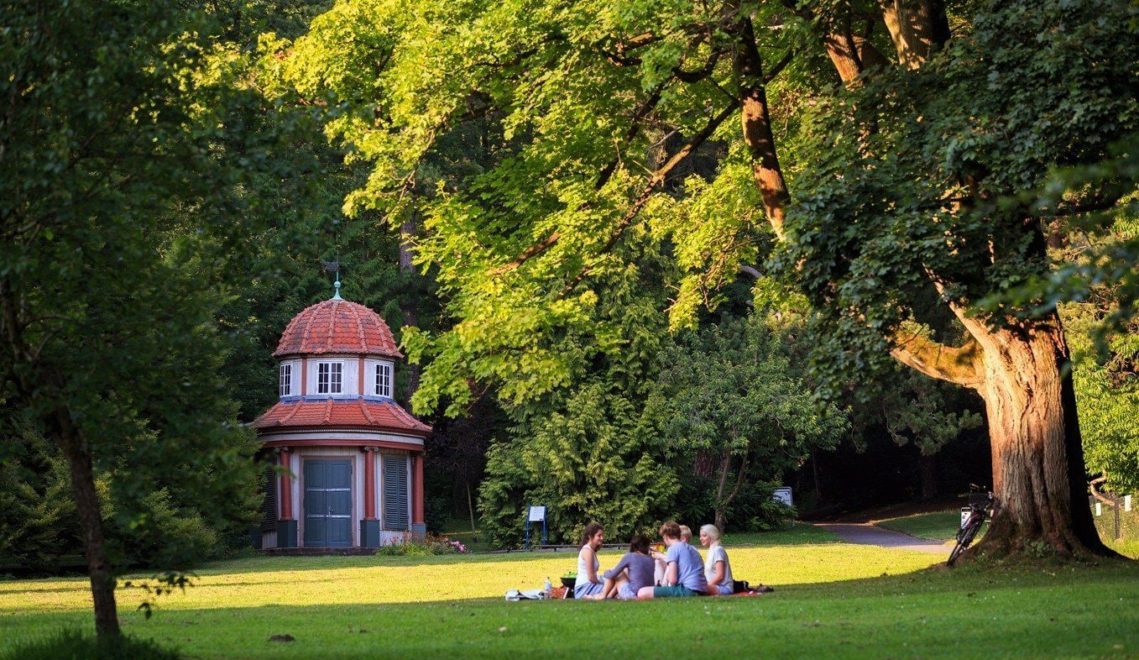

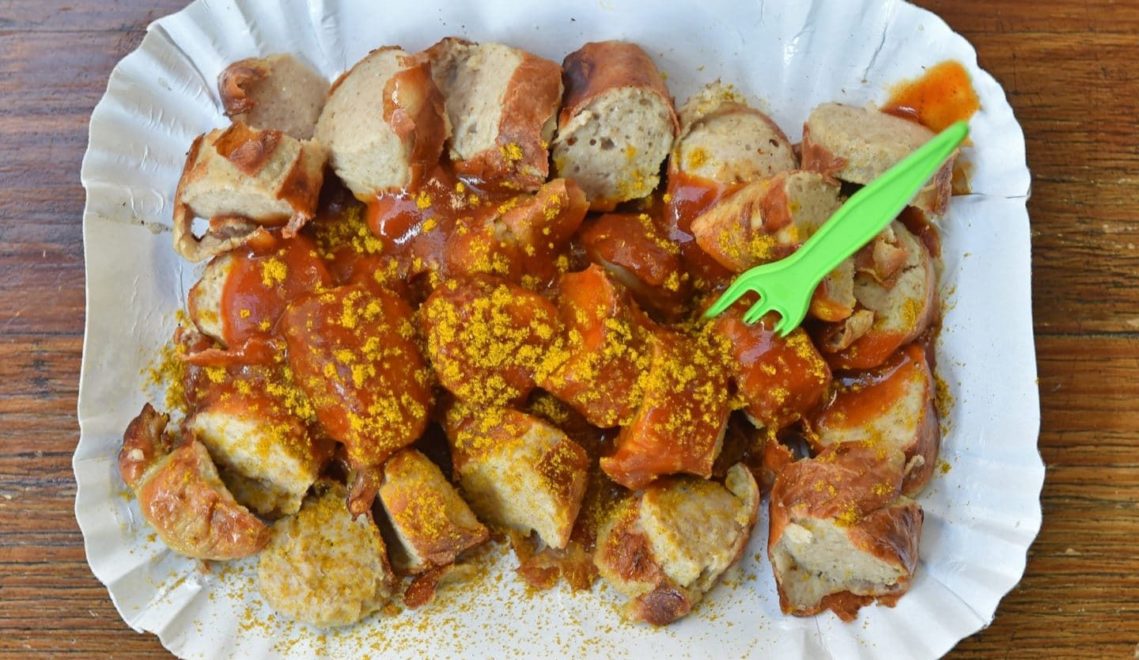

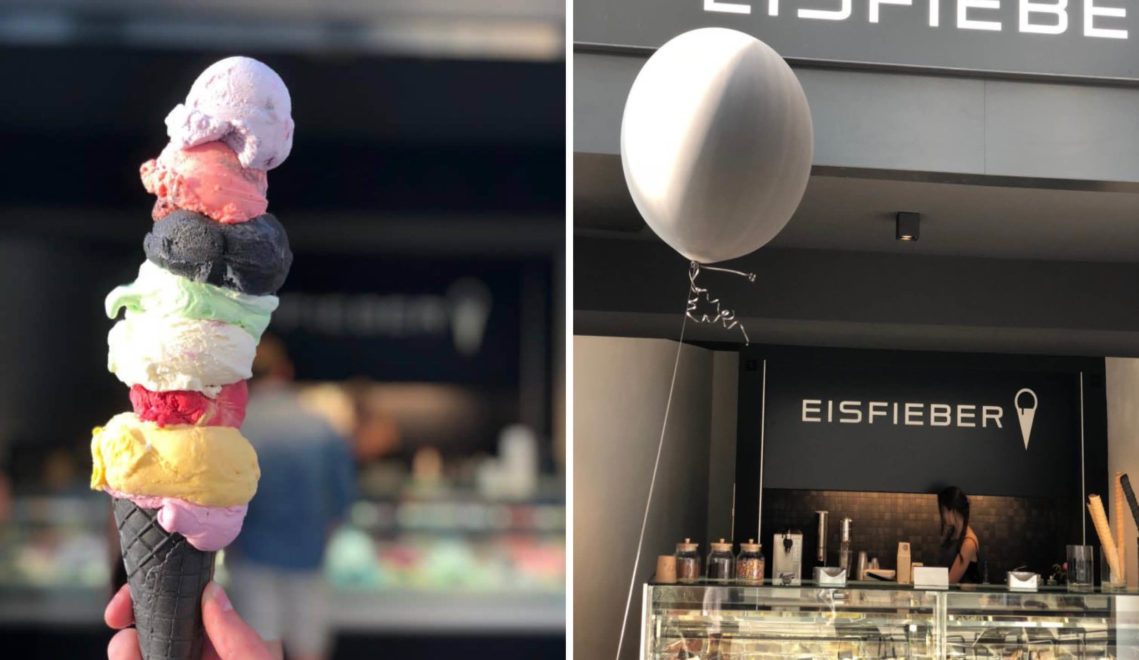
After refueling in nature, you can immerse yourself in the nightlife. As international as the people in the city, as diverse is the gastronomy: from home-style to African, from Cuban to Japanese - you have the The agony of choice. But regardless of whether it's a student pub, trendy restaurant or cocktail bar: this unique mix of cosmopolitan and cozy can be felt everywhere. A Göttingen feeling to which the French singer Barbara dedicated a chanson in 1964 - as a tribute to the city and international understanding.
The next morning, plant science is on the curriculum. So what could be more natural than to greet the day in a relaxed atmosphere with a cup of fresh ginger and peppermint tea at Café Botanik near the campus? The foundation stone for the Old Botanical Garden was laid in 1751 by the naturalist Albrecht von Haller, one of the most important scholars of the 18th century. To this day, Göttingen is a hotspot for clever minds; 44 Nobel Prize winners alone have lived here.
Best of all, you can share in their and other groundbreaking inventions. Not for nothing is Göttingen's slogan: City that creates knowledge! For example, there is Wiechert's earthquake observatory from 1903, with seismographs that are still functional. Or the Gauss-Weber laser, which sends green flashes after sunset from the observatory where the brilliant mathematician Carl Friedrich Gauss once lived - messages in the form of electromagnetic pulses.
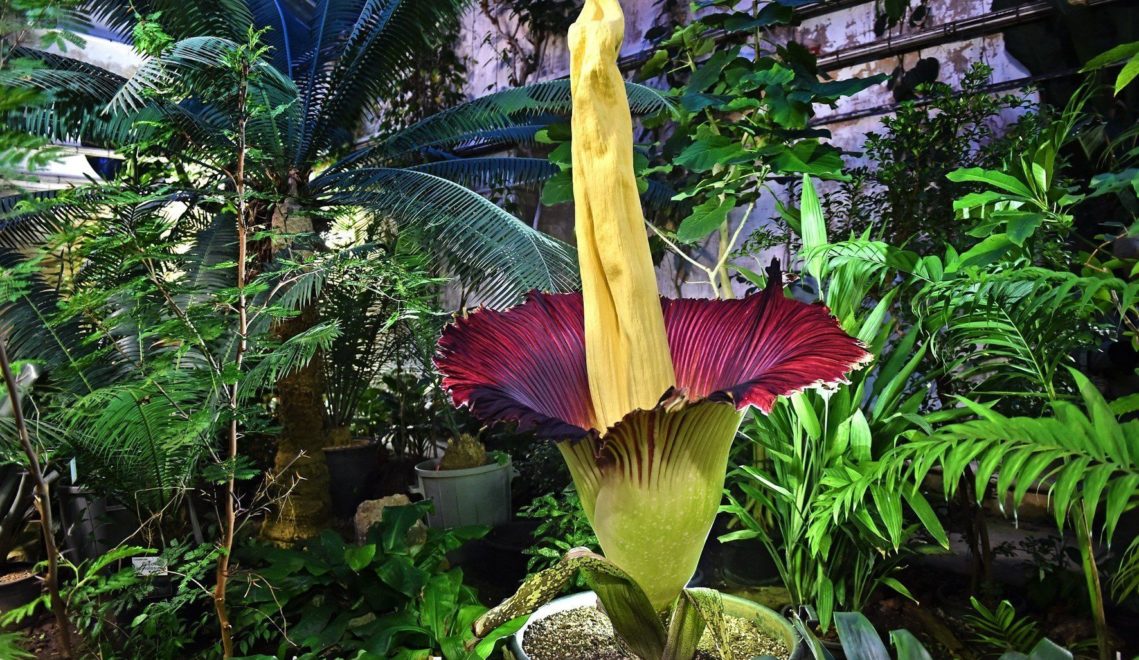
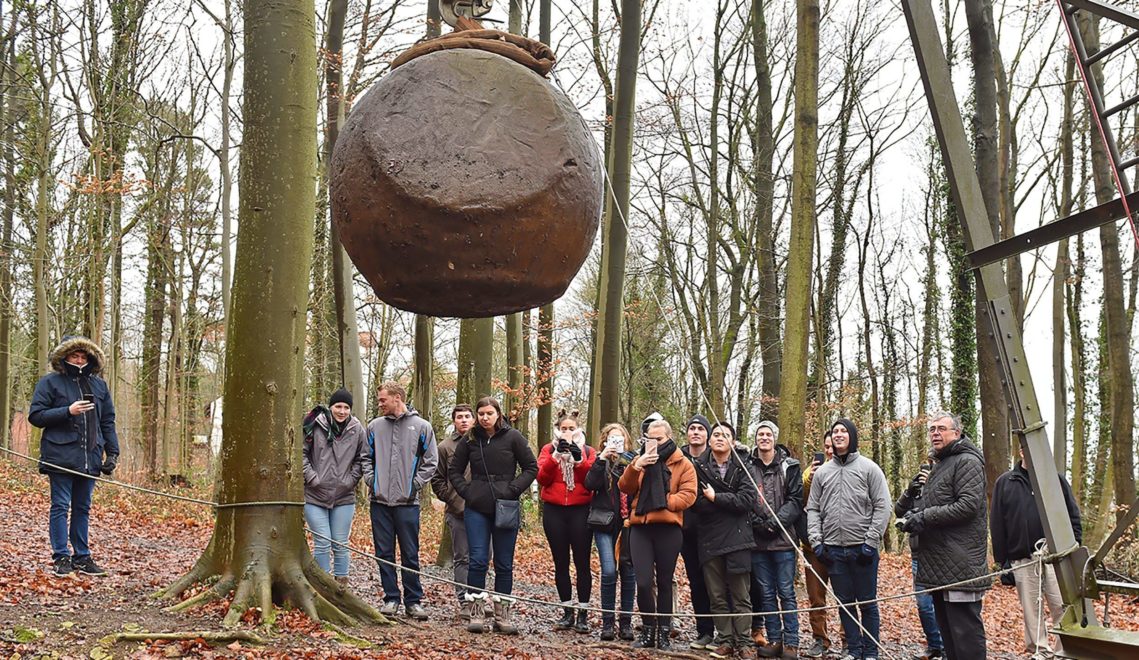
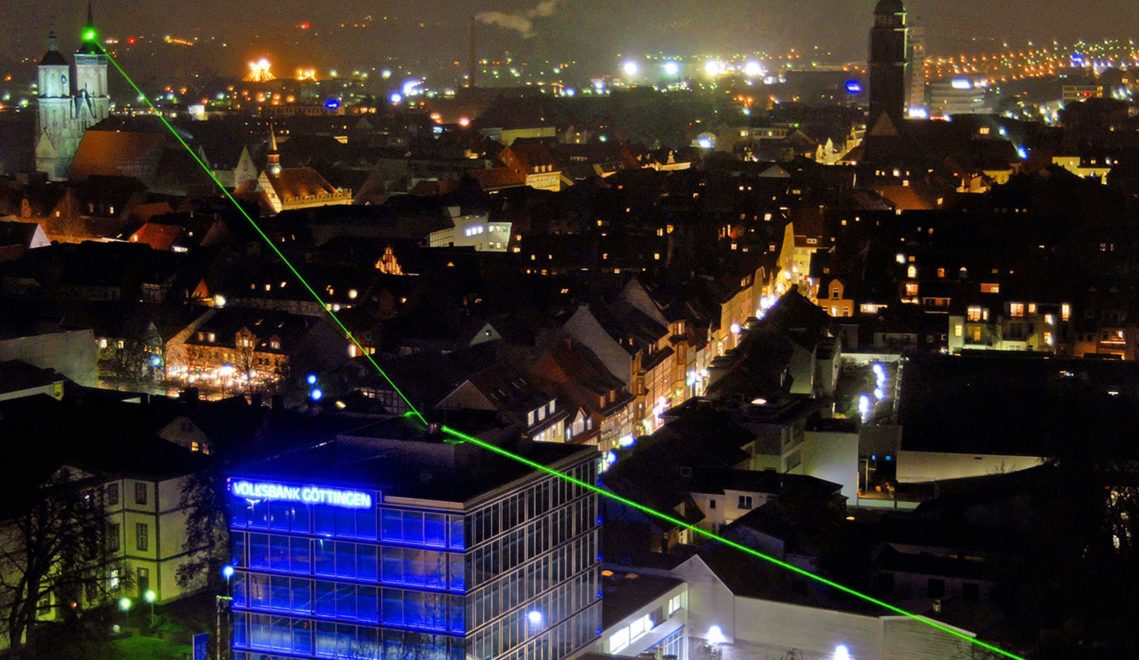
Astronomy to run offers the Planetary path, a full-scale replica of the sun and the planets orbiting it. It starts in Goetheallee, not far from the train station, and ends at the Bismarck Tower high up on the Hainberg.
In between is the German Theater, where Götz George started his career. But the unforgotten face of Göttingen's film history is Heinz Erhardt, who regulated traffic at the Weender Tor intersection as a fussy police chief constable in "Naturally the Motorists." A stele with his likeness commemorates this. Today, "Tatort" with Maria Furtwängler as the chief investigator brings Göttingen impressions to TV screens.
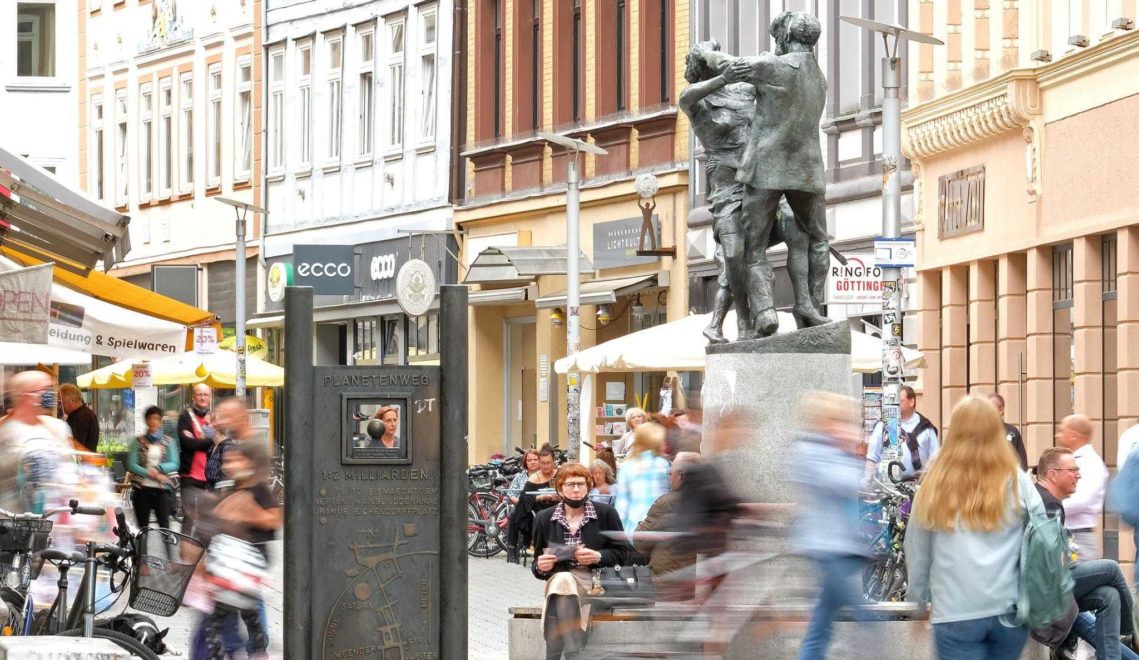
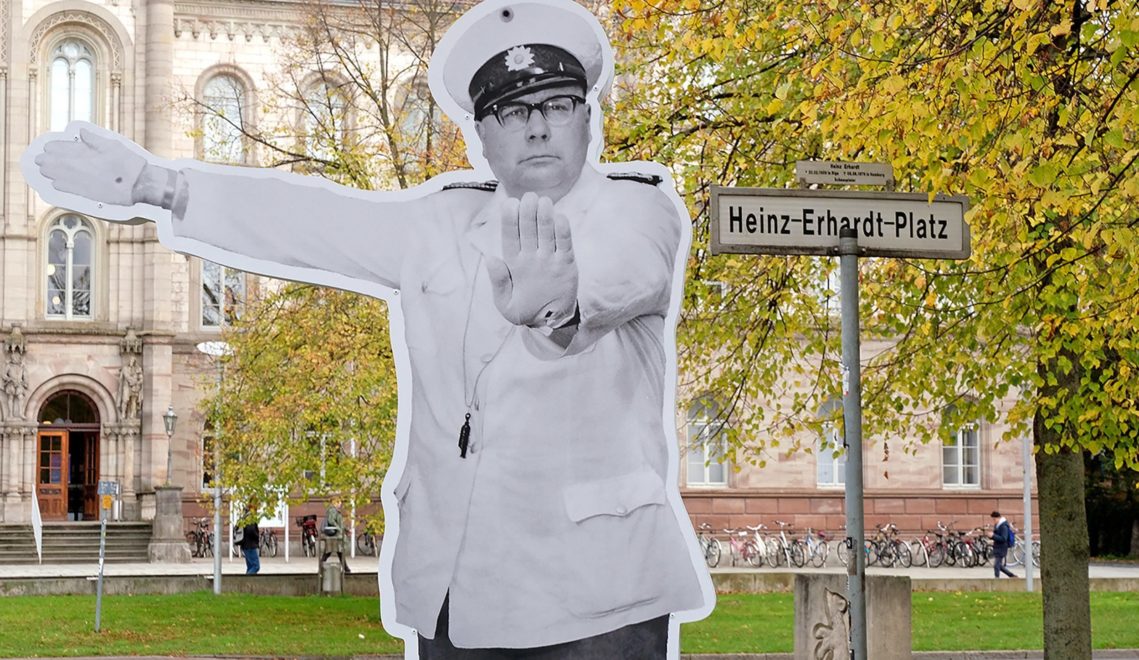
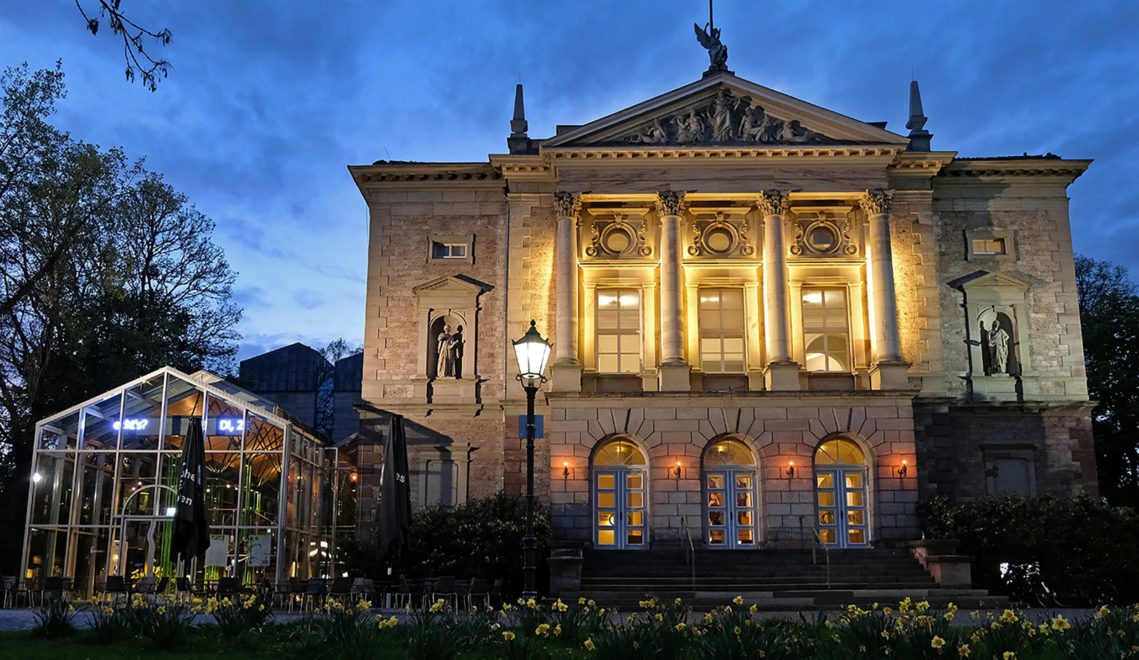
Cover photo: The Schillerwiesen are a popular meeting place for families, friends and students © Göttingen Tourismus e.V.